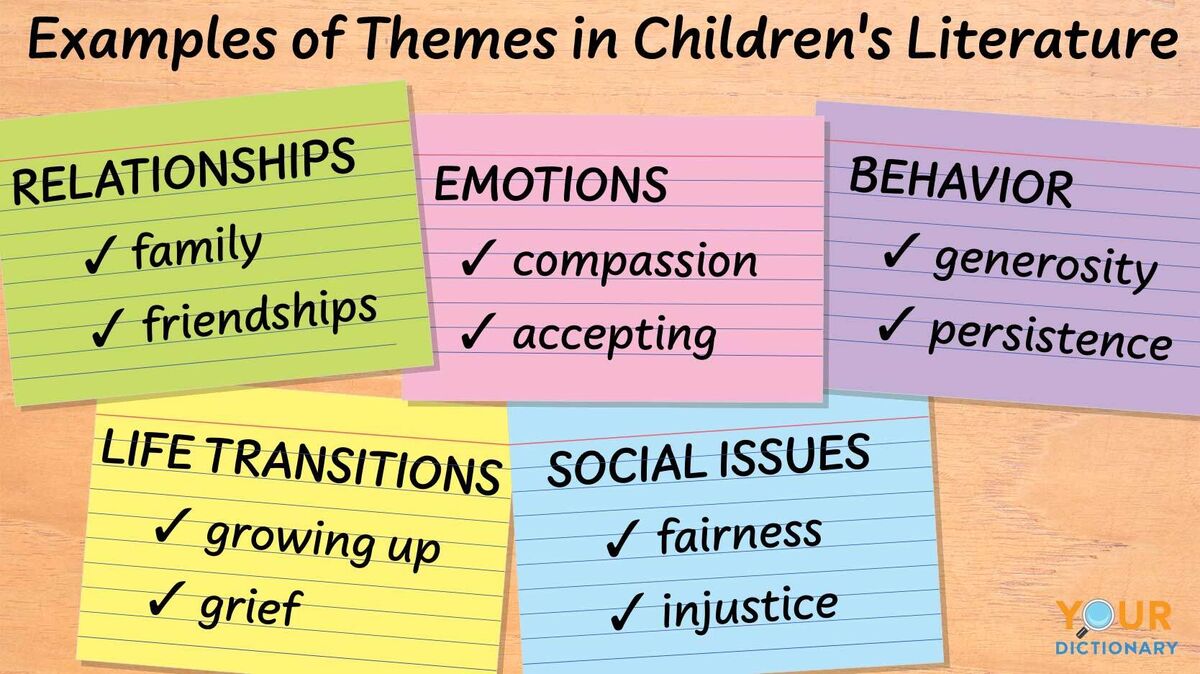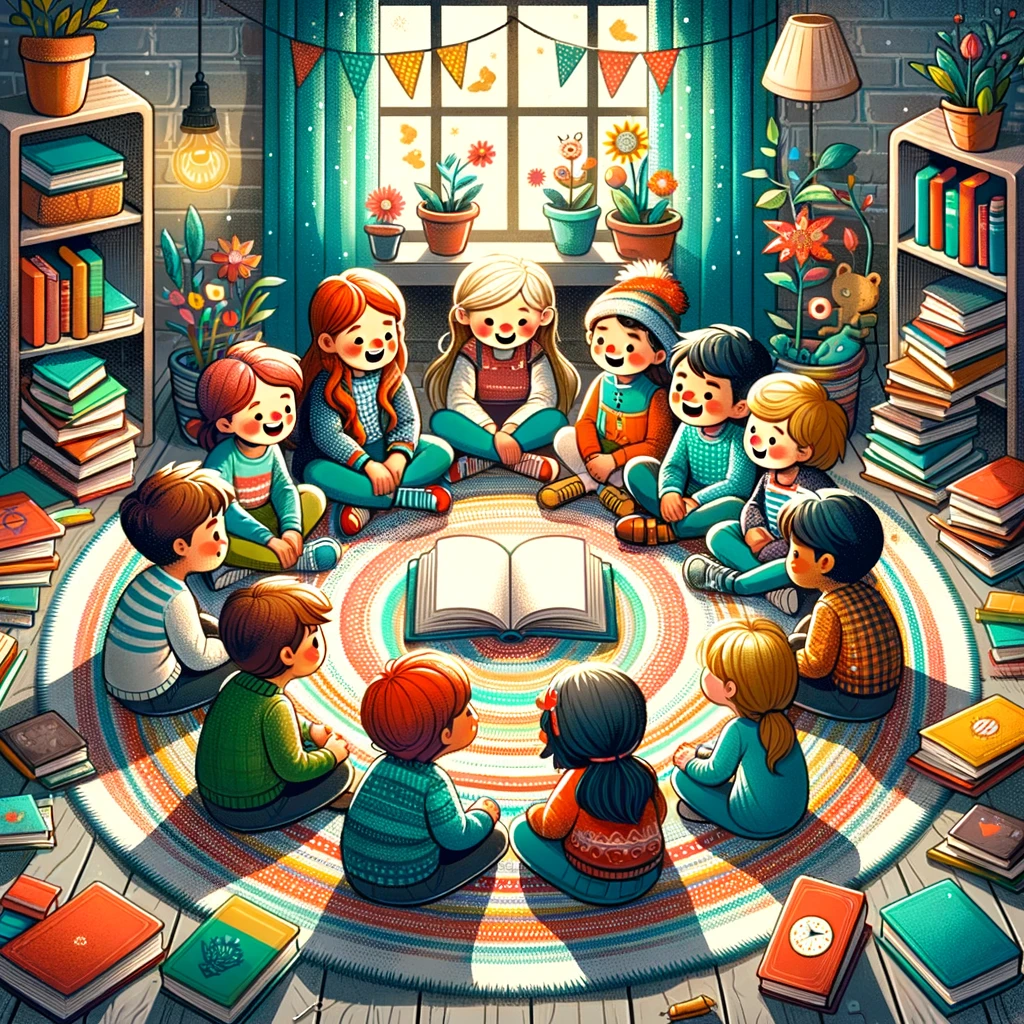An Overview of Themes in Children's Literature

Children's literature often contains diverse themes that resonate with young readers, enriching their understanding of the world around them. The exploration of these themes helps children navigate complex emotions, relationships, and social dynamics. Here, we will examine some of the most common themes found in children's literature as drawn from various sources.
Relationship-Focused Themes

Friendship is a prominent theme, often depicted through characters who form unique bonds in various circumstances. A well-known example is Charlotte’s Web by E.B. White, showcasing the friendship between a pig named Wilbur and a spider named Charlotte, illustrating how friendship can flourish in unexpected relationships[4].
Family Relationships are another vital aspect of children's books. Stories may portray various family dynamics, helping children understand inclusivity or the challenges of separation and divorce[1]. Titles like Who's in My Family? by Robie H. Harris offer heartwarming takes on different family structures[1].
In exploring loyalty and dedication, books like A Sick Day for Amos McGee by Philip C. Stead demonstrate how mutual care and loyalty strengthen bonds, as animals reciprocate the kindness shown to them by their zookeeper friend[1].
Themes of Emotions and Attitudes
Children's literature frequently addresses emotions and attitudes, such as fear and courage. The theme of bravery and courage appears in series like Harry Potter, where the characters face life-threatening challenges, inspiring both children and adults[1][2].
Another vital emotional theme is compassion for others, prominently featured in books such as Uncle Willie and the Soup Kitchen, which aims to instill a sense of empathy and uprightness towards those in need[1].
Accepting differences is another common theme, encouraging children to embrace diversity. Books like The Kid and the Chameleon tackle the importance of understanding and valuing each other’s unique traits[1]. Similarly, humor is often integrated into children's literature, helping young readers relate and engage with characters and situations in a light-hearted manner[2].
Behavioral Themes
Children learn positive habits through literature, and themes such as hard work and persistence are essential in this education. Classic stories like The Little Engine That Could illustrate the importance of perseverance and an optimistic outlook when facing obstacles[1][4].
Books addressing coping with anger, like When I Feel Angry, provide strategies tailored for younger audience members[1]. Moreover, themes of generosity and sharing, highlighted in books like The Berenstain Bears Think of Those in Need, reinforce the value of caring for others within community contexts[1].
Life Transitions and Social Issues
Children's literature often tackles life transitions—from growing up to understanding loss and grief. Books about growing up, such as Are You There God? It's Me, Margaret, help children navigate their journey toward adulthood[1][4].
Furthermore, literature highlighting loss and grief, like When a Pet Dies, assists children in coming to terms with their feelings surrounding death, asserting that they can process these experiences through storytelling[1].
In addition, stories addressing social issues play an important role in children’s literature. Themes such as fairness and equity, often highlighted in tales like The Little Red Hen, teach children about the importance of teamwork and sharing effort to reap rewards[1]. Books like Something Happened in Our Town discuss difficult topics such as racism and injustice, offering opportunities for discussions on empathy and societal issues[1][2].
Encouraging Growth and Change
The theme of personal growth is critical throughout children's narratives. Titles like I Am Me: A Book of Authenticity focus on self-acceptance and individuality, encouraging children to take pride in their uniqueness[4]. Similarly, themes about community and identity allow children to explore their roles within larger social fabrics[4].

Works that emphasize hope for the future, such as The World Needs More Purple People, provide optimistic outlooks that inspire children to believe in their unique contributions to society[1][2].
Conclusion
The themes present in children's literature not only entertain but also serve educational and developmental purposes. These stories encompass a range of emotions, behaviors, and social situations, offering insights that young readers can carry into their own lives. Themes like friendship, family relations, courage, empathy, and social responsibility reflect the complexities of growing up, providing valuable lessons that shape their understanding of the world and themselves.
Get more accurate answers with Super Pandi, upload files, personalized discovery feed, save searches and contribute to the PandiPedia.
Let's look at alternatives:
- Modify the query.
- Start a new thread.
- Remove sources (if manually added).